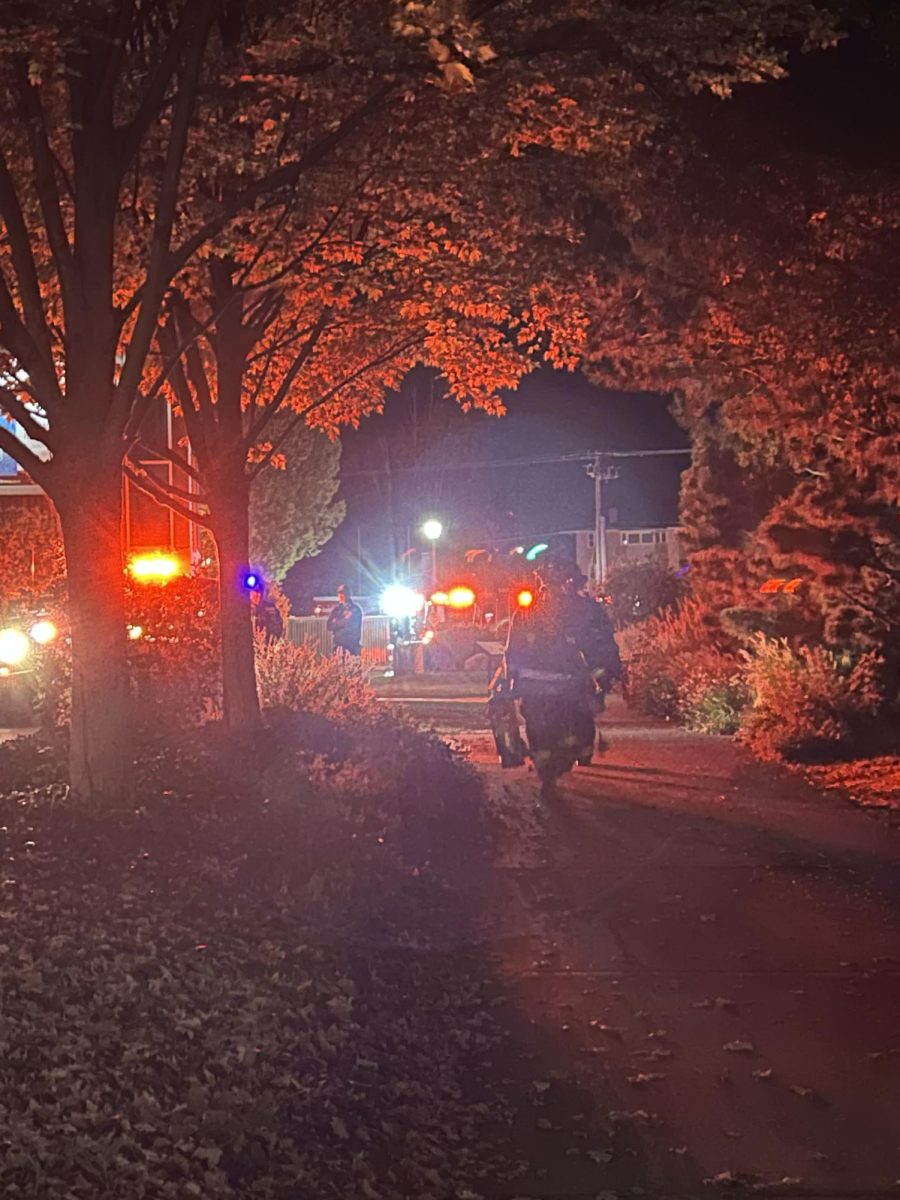The average Whitman student’s family is receiving a tuition discount of 40 percent, through scholarships and other institutional financial aid, for the 2010-11 academic year. This year’s tuition discount rate is the highest it’s been since the 1990s when Whitman attempted to meet 100 percent of all financial need.
An ideal discount rate would be about 35 percent, according to Treasurer Peter Harvey.
At Whitman, this difference between what students pay and the sticker price, or the money given out in scholarships, is not exclusively made up of other students’ tuition money. About half of it comes from Whitman’s $350 million endowment.
The large first-year class size of 438 students, which has high financial need, and higher tuition costs have contributed to this year’s discount rate.
“It’s a larger group with larger need,” said Director of Financial Aid Services Marilyn Ponti.
The student body at Whitman has been steadily rising, from 1,455 in 2006 to approximately 1,535 students this year. This, combined with an increased level of need from returning students, has resulted in the larger need for financial aid.
Having the slightly larger class this year paying slightly more tuition does increase incoming revenue, but it is not something administrators want to rely on.
“We can’t continue having large classes,” Ponti said. “Our goal is to decrease the discount rate and be comfortable when balancing the budget.”
Being comfortable, Harvey explained, has to do with the budget’s contingency. The contingency is about 25 student’s tuition worth of revenue that allows for wiggle room in the budget.
“It’s very much a balancing act,” Harvey said.
The introduction of need-sensitive admission for the Class of 2015 will help with lowering the discount rate by slightly reducing the number of students who need financial aid.
The trend of higher discount rates can be seen nationwide, according to a survey from the National Association of College and University Business Officers in the Chronicle of Higher Education. In 2007, the average national tuition discount rate was for full-time first-year students was 39.1 percent, up sharply from 26.7 percent in 1990. The percentage of full-time first-years receiving a scholarship from their college grew from 62 to almost 82 percent between 1990 to 2007.
“We worry that we’re seeing a trend,” said Ponti. “Need is getting higher and we need to see what’s causing that and if we can make a difference.”
The way that discount rate manifests depends greatly on the college. At Pomona College, all scholarships are need-based, and all scholarship money comes from the endowment. At Reed College, all scholarships are need-based as well, but the institution has been giving increasingly more every year, and, like Whitman, part of the scholarship money comes from the endowment while the other part comes from student tuition revenue.
“The level of discount this year is unprecedented,” said ASWC Finance Chair and junior Matt Dittrich. “But in the context of these grave economic times, it is only appropriate to attempt to meet the higher financial needs of our peers.”
Dittrich serves on the President’s Budget Advisory Committee, which meets annually to propose the schools budget for salaries, facilities and student scholarships with regard to tuition revenue and endowment income.
Because some of the endowments are specific to funding facilities and salaries “even those who pay full tuition are not paying the full cost of the education they are receiving,” Harvey said. Tuition at Whitman would be approximately 50 percent more if it weren’t for the endowments.






